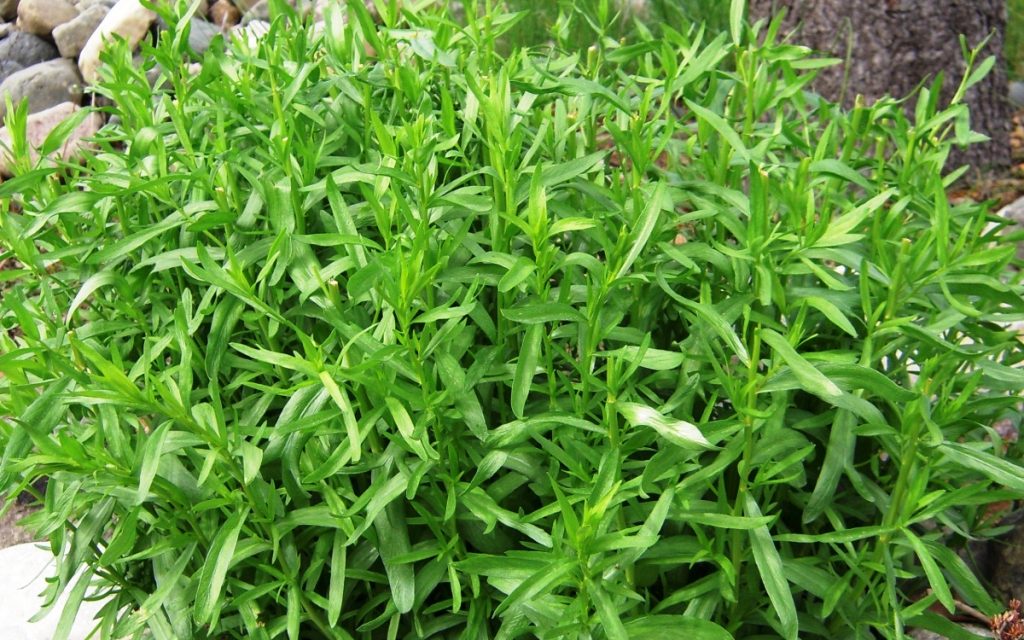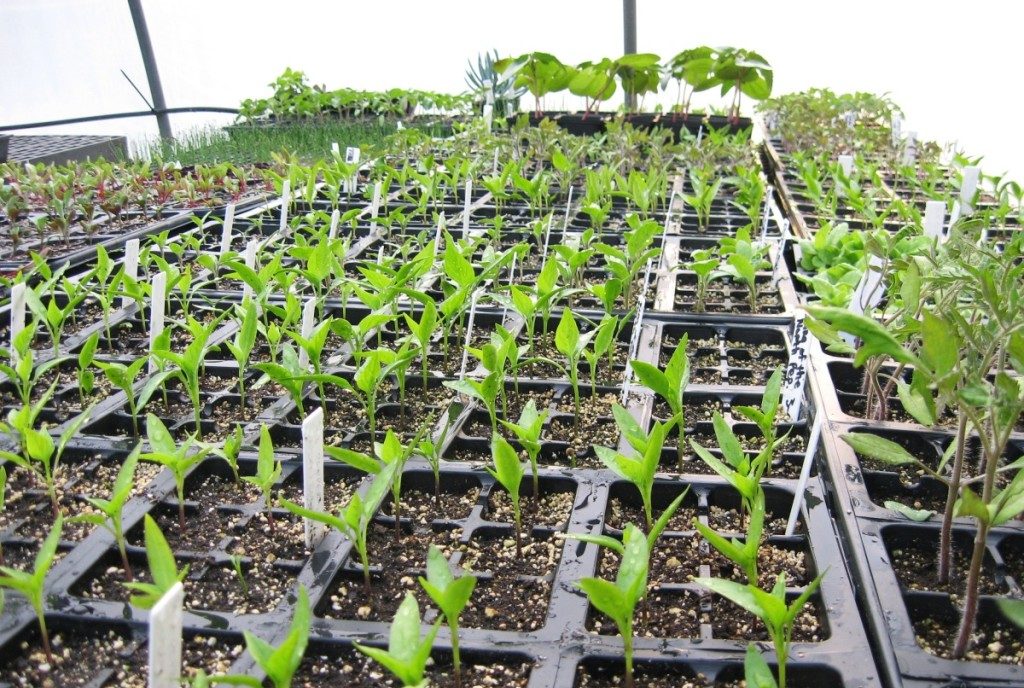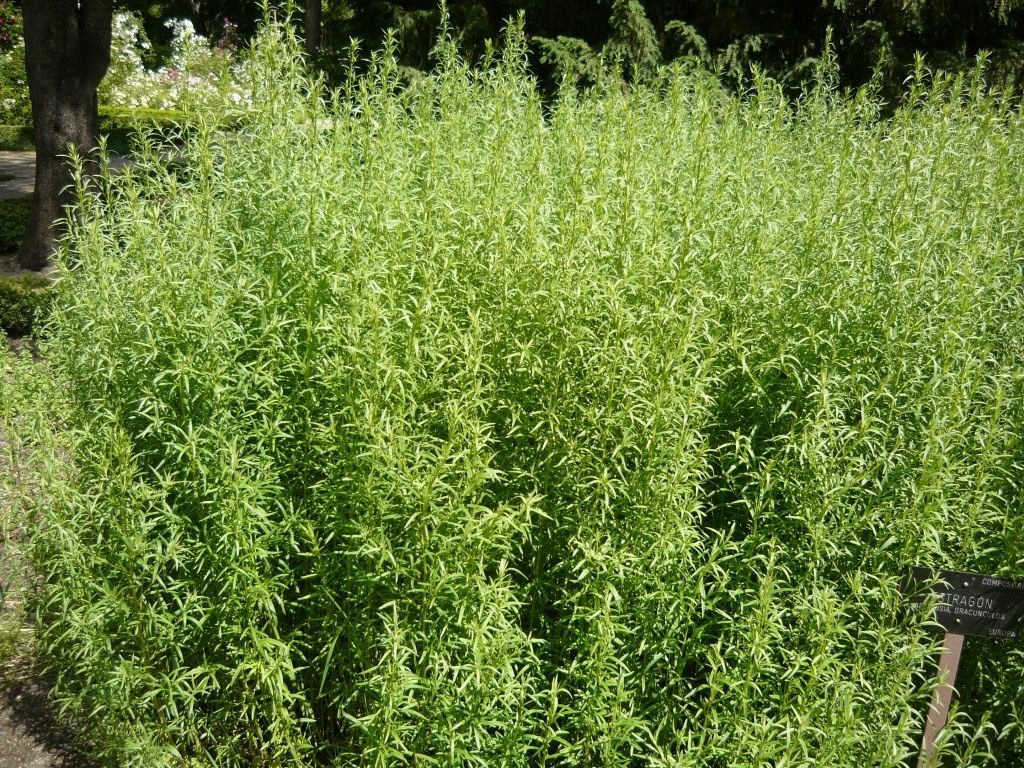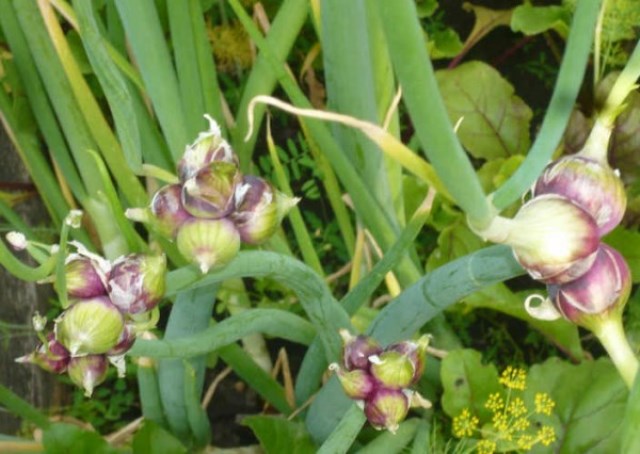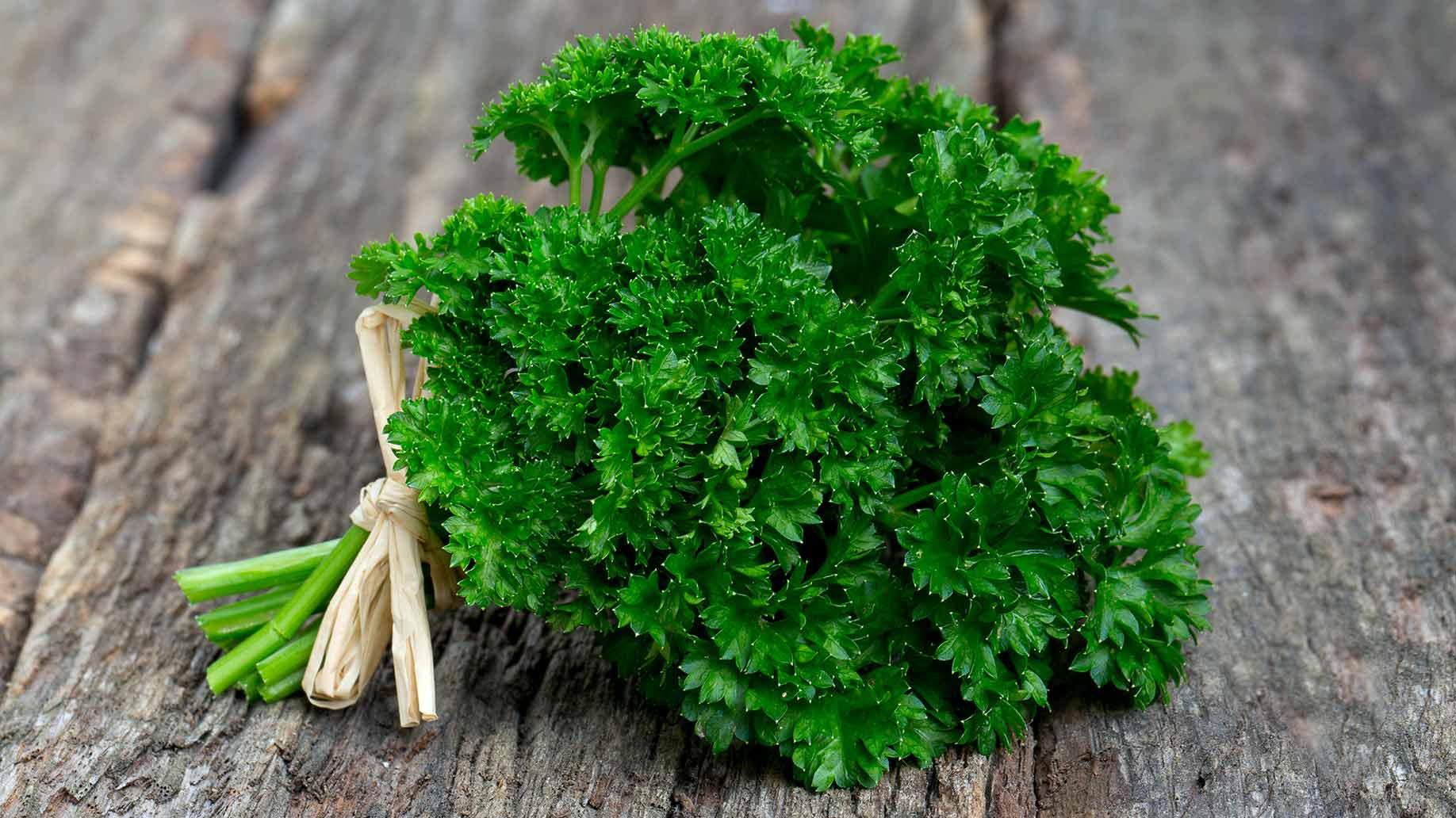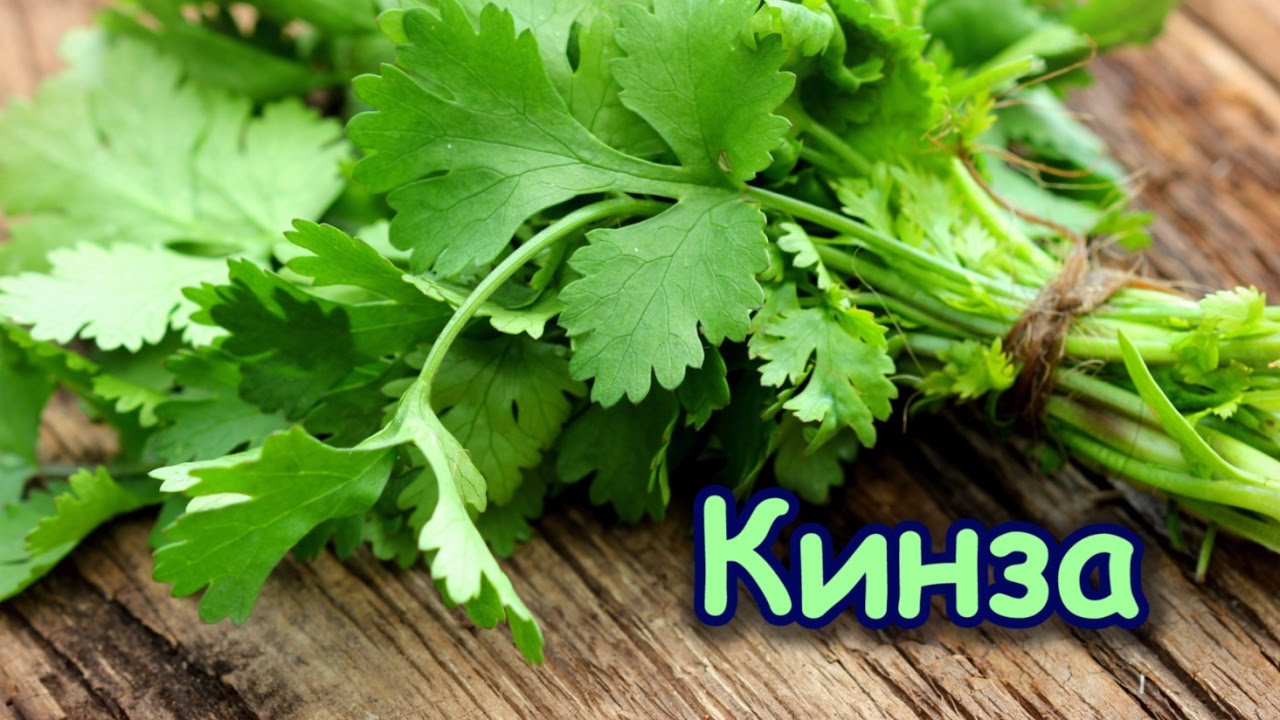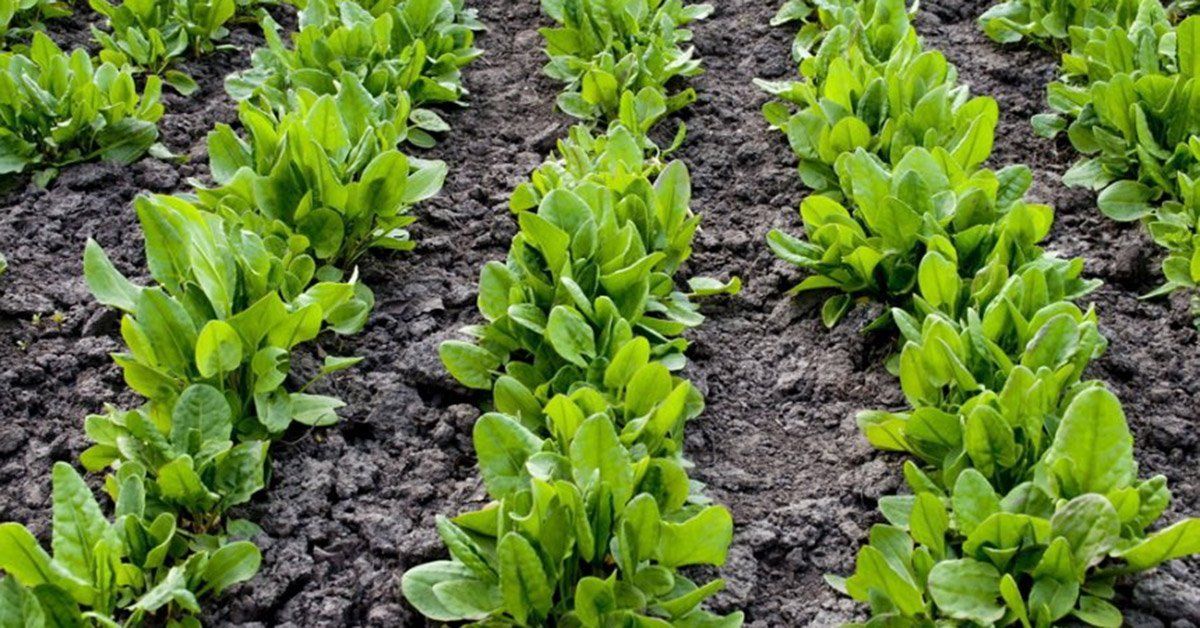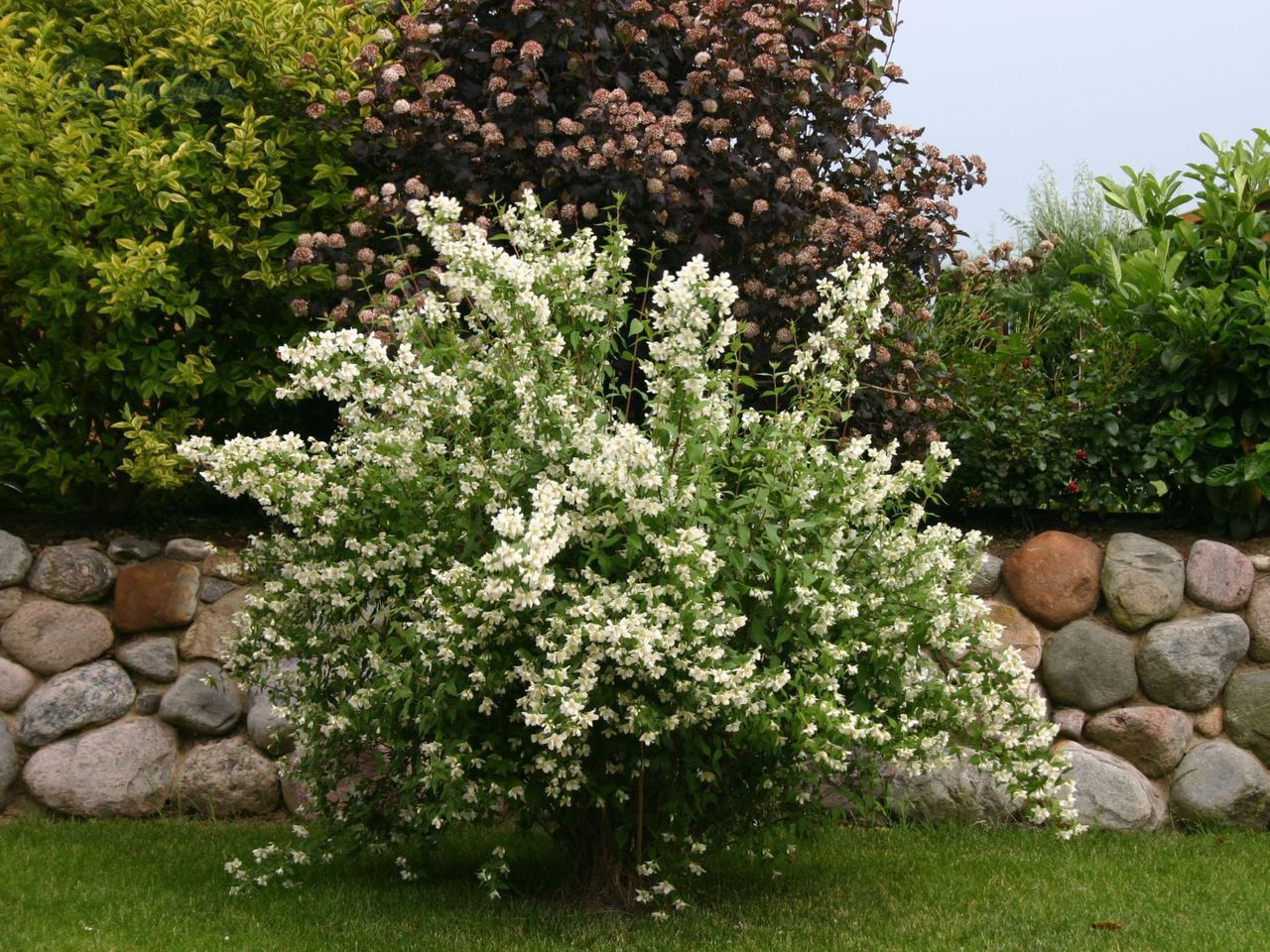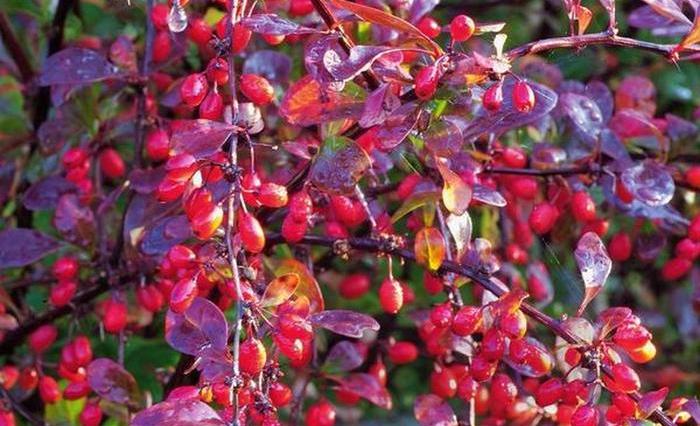Content:
Having a private house or summer cottage, the owners always grow spicy crops on their land. Some are content with two or three types of names, but true connoisseurs of the piquancy of dishes prefer to sow herbs.
In cooking, even a variety of wormwood is used - tarragon (also called tarragon). Due to the pleasant scent of the plant, housewives add spice to marinades when pickling cucumbers and other vegetables, as well as to spicy dishes. What is tarragon grass planting and caring for it is described in this article.
About culture
Tarragon is a perennial plant capable of self-seeding propagation. It came to the west from Asian countries and immediately gained popularity for its piquancy.
It can develop in one place for 10-15 years. But summer residents try to keep the spice in the cultural circulation for no more than five years - with age, tarragon produces less useful green mass.
Since the grass is indifferent to the mechanical composition of the soil and is capable of growing in the wild, farmers will have no problems growing tarragon. But acidity is important for the quality of the spice obtained from the garden.
If the dacha is on heavy, clayey soils, it is recommended to "fluff" them with sand and organic fertilizers in combination with superphosphates. Add additives in the fall, in the process of digging the site.
The grass grows well in shaded places, but if the tarragon is really cultivated, then it is better to allocate a sunny area for a spicy vegetable garden. Waterlogged soils should also be avoided.
When sowing tarragon in a new place, it is advisable to take into account the crop rotation. You can not sow spice on the beds after Jerusalem artichoke, chicory and salad. After the legumes, tarragon will feel comfortable - they have excellent compatibility.
Tarragon is a cold-resistant plant, so it is often sown before winter, just before the snow falls. But many summer residents prefer to start the beds in early spring, under a small layer of earth.
Recommended varieties
Propagating tarragon, cultivation is carried out taking into account the specifics of the variety. The most popular for spicy qualities are those that grow in the Caucasus. In the national cuisine of these peoples, tarragon occupies an honorable place (like the French).
Russian housewives have their own preferences. Each of the varieties described below is worth home-made.
Popular tarragon varieties
| Name | Features: |
|---|---|
| Volkovsky | A very old variety, characterized by matte leaves. The plant has little odor, but is actively used in cooking |
| Gribovsky 31 | It takes root well in central Russia. The bush can be recognized by its bright green leaves and strong aroma. |
| Zhulebinsky | It is considered a versatile variety that is good not only in dishes, but also served fresh. The tarragon bush is compact, with good agricultural technology it reaches a height of 150 cm. The shade of whole matte leaves is green, and in small flowers it is yellow. The spicy aroma has an interesting pungent flavor. In one place it develops well up to 7 years without losing the grade |
| Russian | Grows in powerful tall bushes. The aroma is very spicy, but barely visible |
| French | The variety has a delicate spicy aroma with a hint of light pungency. The bush barely reaches medium height and is decorated with deep green foliage. Beautiful fragrant flowers do not give seeds, so you need to propagate the variety vegetatively |
Often practice growing from seeds of tarragon Monarch, which Caucasians rightly call "the king of cooking." But the seed of the variety is too small, so it is more reasonable to grow it in a seedling version, sowing it in boxes in February-March. The seedlings are transferred to the garden in late April - early May. The Monarch has a well-defined pungent refreshing taste and a pleasantly tantalizing spicy aroma.
Tarragon Goodwin, which is also grown in seedlings, has a strong spice aroma, but there is a bitter taste in the taste. Therefore, this herb is only for an amateur. Although summer residents are attracted by the fact that the leaves on the bush do not coarse until autumn.
Agrotechnics
Reproduction of culture
Inexperienced gardeners often wonder how to grow tarragon so that it quickly takes root on the site, filling the garden with a spicy aroma. Some believe that the seed method is the most affordable. In fact, it turns out to be more laborious, because the gardener does not receive the results immediately.
Despite the plant's winter hardiness, tarragon seeds do not ripen in the Non-Black Earth Zone and northern regions. If the gardener wants to grow tarragon from seeds, then he will have to use imported material and try to propagate the grass in a seedling way.
When the plant is planted with seeds, the tarragon will bloom only next year. And the first fruits may appear no earlier than 3-4 years later, if the summer is hot enough.
The most convenient (and quickest) way to cultivate a spice is vegetative:
- by dividing the bush - the plant is completely dug up in early spring, cut into divisions with the condition that each part has a good root and 3-5 shoots;
- root suckers - only digging of the earth is done here in order to cut off a part of the root with the stems that have grown on it;
- by cuttings - at a distance of 15 cm from the top, make an oblique cut, trying to leave a couple of leaves in 3 centimeters from the bottom edge; having processed the cut with Korovin, the cuttings are dropped in greenhouses or in high beds under cover; in a month and a half, the seedlings can be transferred to a permanent place in open ground - by this time the cuttings will give strong roots.
Such methods of vegetative propagation are carried out in the spring in order to use the green spice by the fall. With the seedling method in the first year, it is better not to touch the tarragon so that the plant does not weaken and can take root well.
Sowing with seeds
When propagating tarragon, cultivation from seeds is best practiced in the southern regions of Russia - the seed will germinate for a long time (at least 3 weeks). In the northern regions, during spring sowing, the plant will not have time to fully develop into an adult bush. Some summer residents carry out sowing before winter, but most prefer the seedling method.
Growing seedlings
The nursery can be small, easily fitting on the windowsill. But real farmers prefer greenhouse film beds in the garden. The soil in the nursery is fertilized with a standard set of mineral water with organic matter, if necessary, you can add humus.
Growing seedlings begins in the spring. In heated nurseries, sowing is carried out in the first half of April, in ridge greenhouses - in early May.
Soil preparation
A special greenhouse mixture is taken, consisting of sod land, rotted manure, low peat, sawdust. To obtain the desired acidity, liming is carried out. It is also necessary to apply mineral fertilizers: magnesium, potassium and ammonium sulfate, as well as superphosphate.
Seed preparation
If the seed is harvested with your own hands, it must be soaked for a couple of hours in a weak potassium permanganate before sowing. Purchased branded seeds have already passed the disinfection procedure. Due to the too small size of the seeds, soaking is difficult without special devices. The most optimal option that summer residents like to use is a snail.
Sowing
It is necessary to sow tarragon in a nursery on the surface of the soil, without covering it up, but only with a thin layer of earth on top. An ordinary method is used with a distance of 15-20 cm.As soon as the seedlings appear, they should be thinned out, maintaining a gap between the shoots of 10-12 cm.
In the current year, the seedlings are not planted in the beds, but until next spring they develop in the nursery. If tarragon will grow in a greenhouse in winter, it should be covered with insulating material. In the absence of greenhouses, seedlings are brought into the house for the period of cold weather.
Compliance with regimes
To get quality seedlings, they must be grown under certain conditions:
- water often, but in small portions, creating moderate moisture; spraying tarragon by farmers is not practiced;
- tarragon has enough natural light, so additional lighting is not needed;
- the seedlings calmly withstand the air temperature, several degrees higher than that in the open field; the main thing is to prevent freezing;
- when growing in a film nursery for the summer, it is recommended to open the greenhouse.
There is no need to provide seedlings with additional nutrition - they have enough of those nutrients that have already been introduced into the soil. Having finished with the cultivation of seedlings, they move on to the question of how to plant tarragon in the garden.
Disembarkation
With the beginning of the new season, before planting the tarragon in a permanent place, the seedlings are watered. The transfer is carried out at the end of May, trying to plant the plant according to the scheme - leave a gap of 30-40 cm between the bushes, 70 cm between the rows. After that, it remains only to properly care for the beds.
Culture care
Tarragon also develops well in abandoned areas. But, knowing how to grow tarragon, you can get better quality products.
Proper care includes the following points:
- the first plentiful watering is carried out immediately after the tarragon is planted in the ground; the rest are carried out as needed - it all depends on the amount of precipitation in the season;
- in the first year, tarragon can not be fed (especially on fertile soil); from the second season in the spring, a complex mineral water with 3 main components is introduced into the ground (slurry can also be used); in subsequent fertilizers, the percentage of nitrogen decreases;
- if the bush is tall, it is advisable to tie it up on a peg so that the stems are not damaged in strong winds;
- other moments are typical for all garden plants: regular loosening, weeding and pest control.
Tarragon has no specific diseases - the grass can be affected by any infection common in the country. Insects also visit tarragon, but they do not cause much harm to plantations. To provide a comfortable condition for development, spraying the spicy beds will not interfere with the spring preventive treatment of the garden plot.
For the winter, all the shoots can be cut and dried, or they can be left until spring. But after the snow melts, dead wood must be removed.
Harvest
During the planting season, it is better not to disturb the tarragon, but to give it the opportunity to gain a foothold on the site. From next year, you can trim the green mass as needed. The main harvest is carried out in the summer, when the bush is old enough.
Although many summer residents prefer the May period - the tarragon collected before flowering has a more delicate aroma. In order not to weaken the plant, only a small number of shoots should be cut from the bush, reaching 15-20 cm in height.
The collected grass is washed, crushed and dried in the shade, spreading on trays. Towards evening, the raw materials are brought into the room so that it does not become saturated with night dew, and in the morning they are taken out again under the shed.
When the tarragon is completely dry, it is packed in sealed containers and stored without access to light. If the planting of tarragon and its care were carried out correctly, then the dried grass can be stored in the kitchen cabinet for several years without harm to the spicy qualities.
